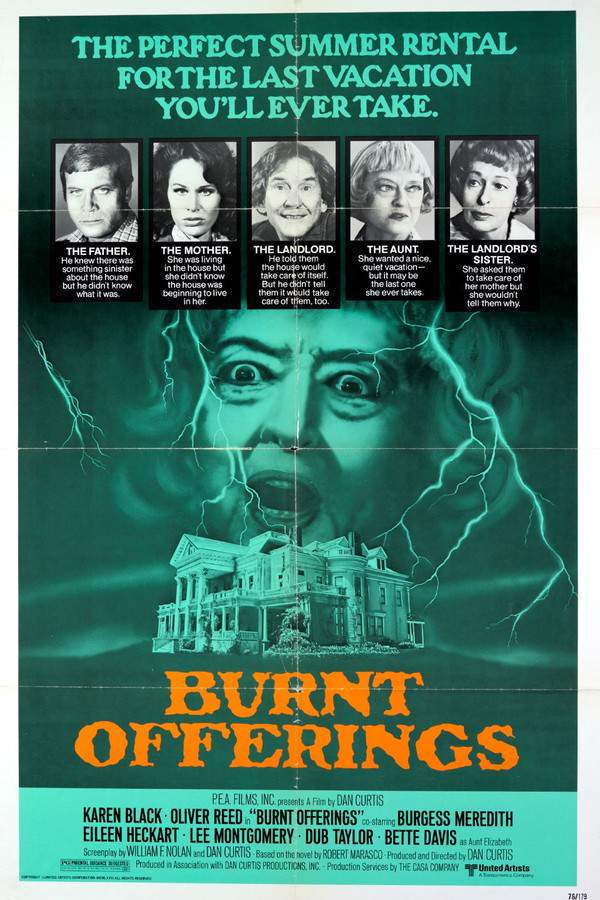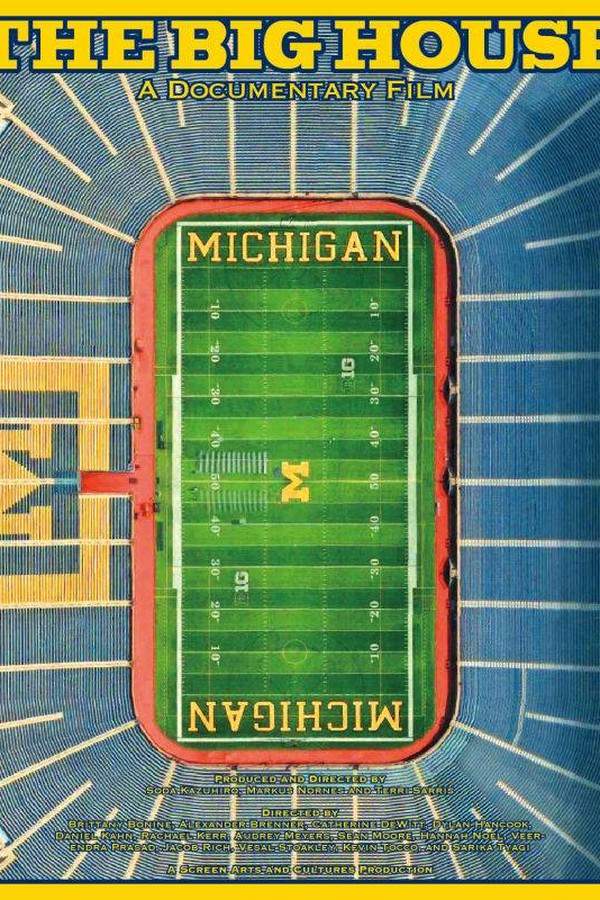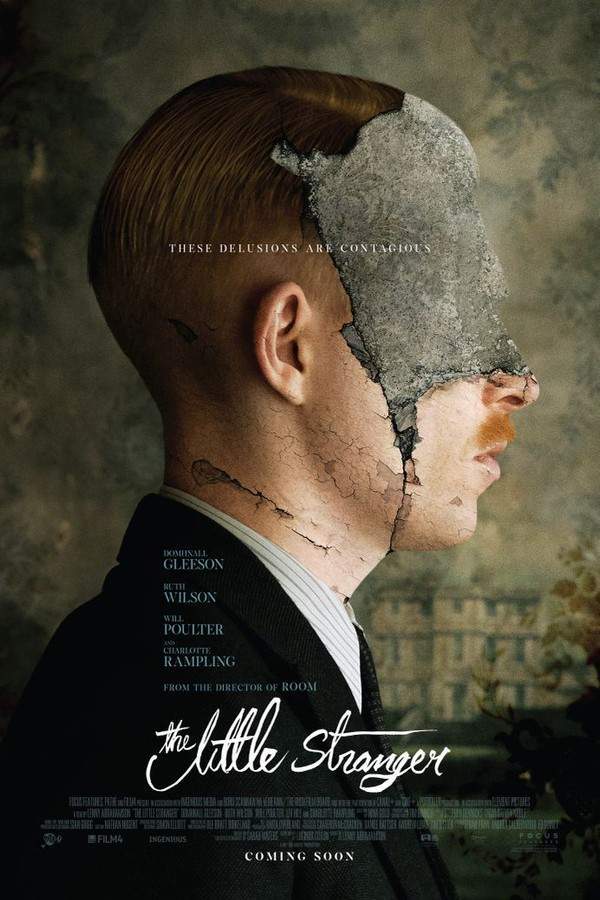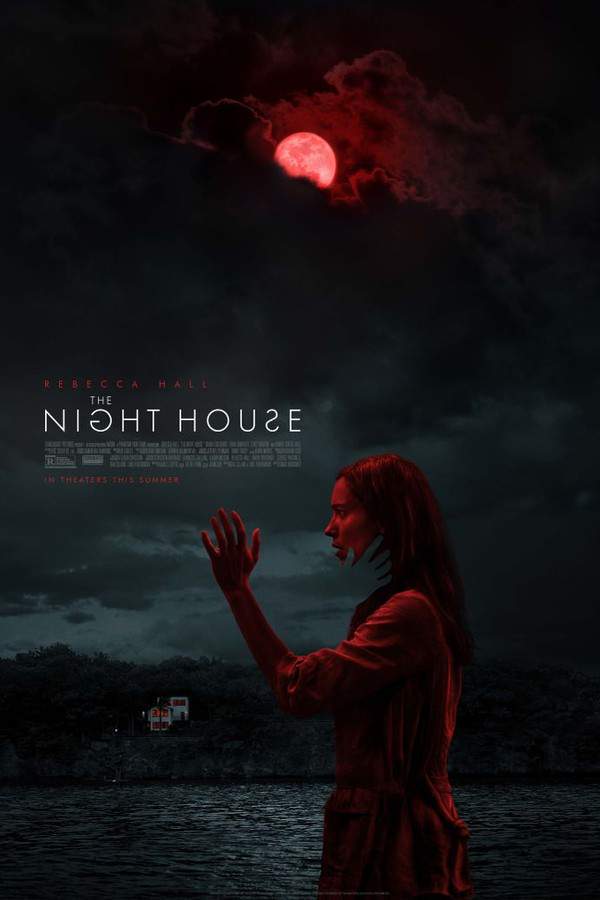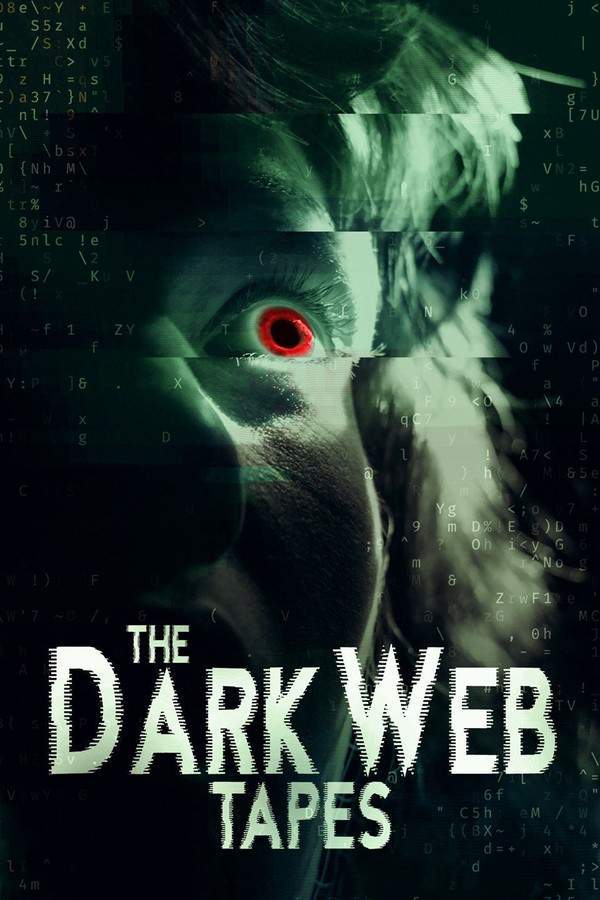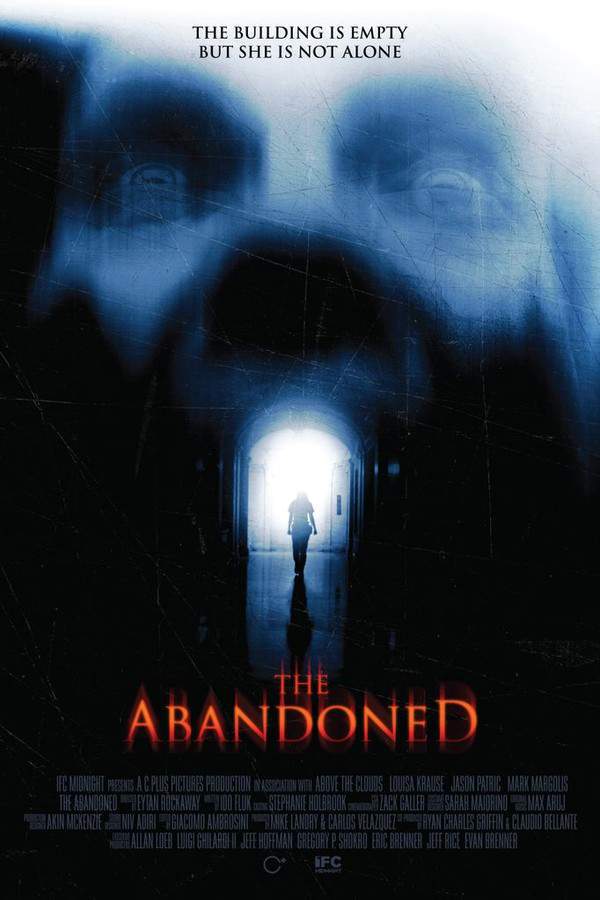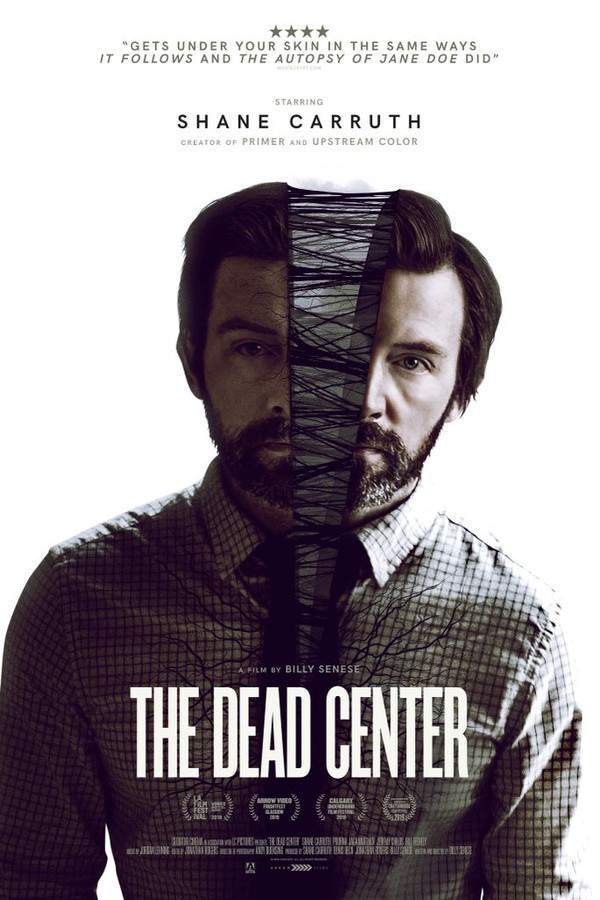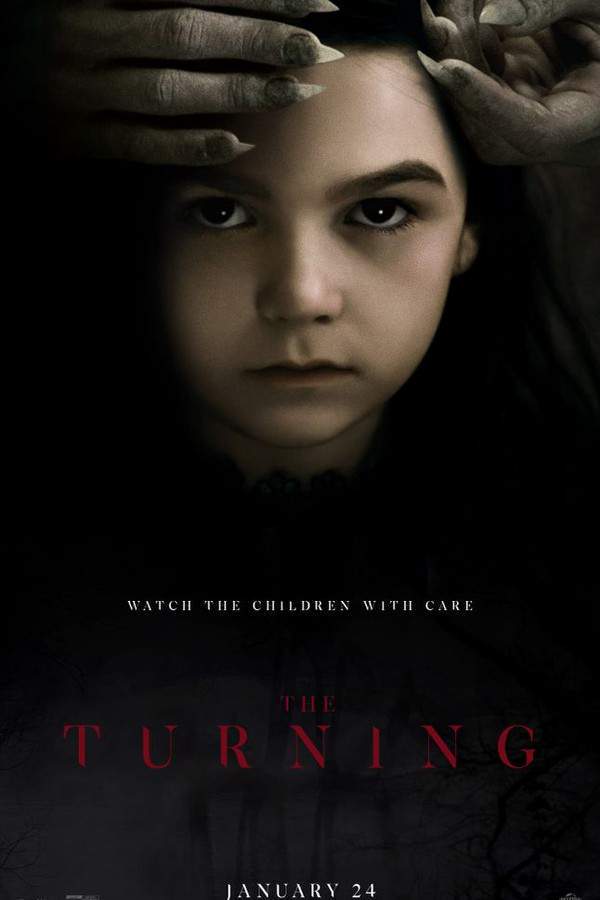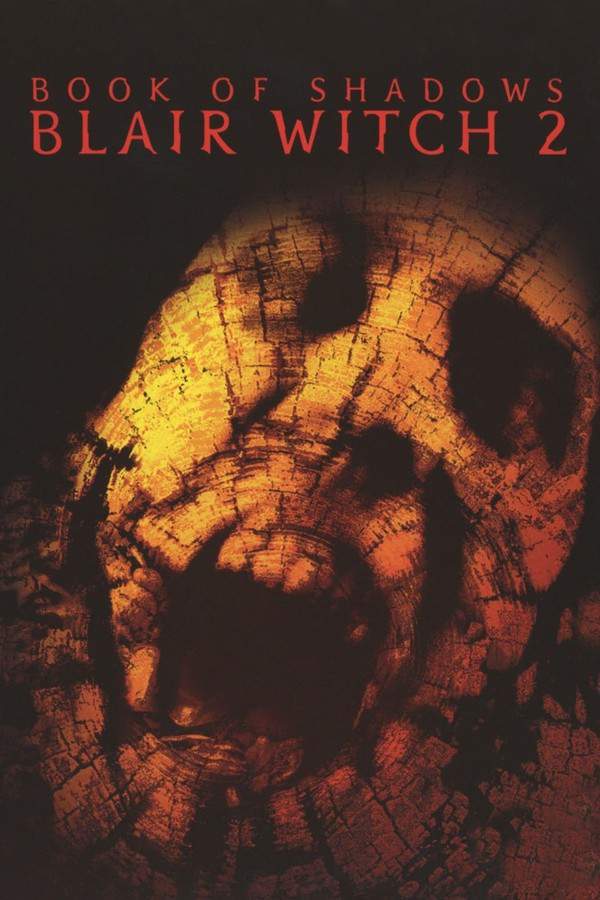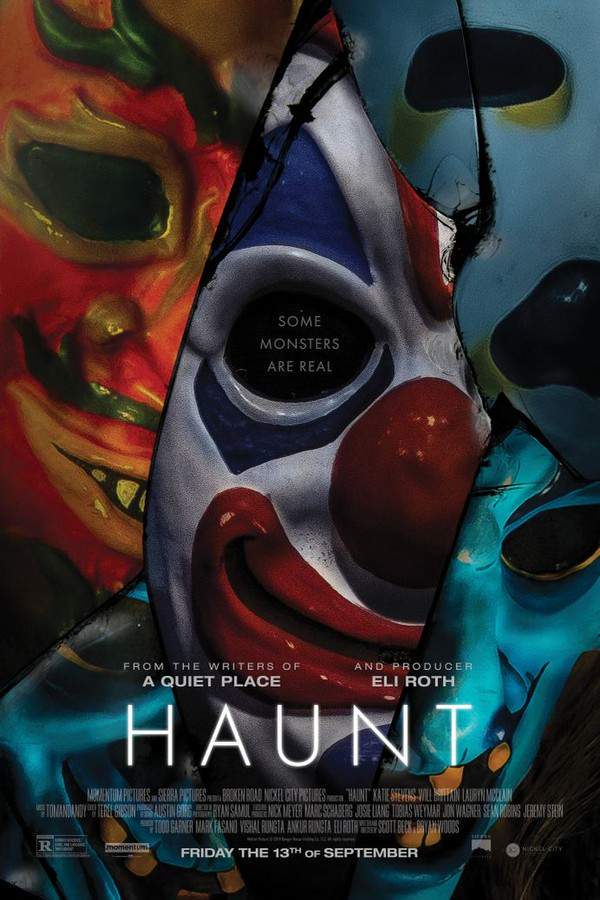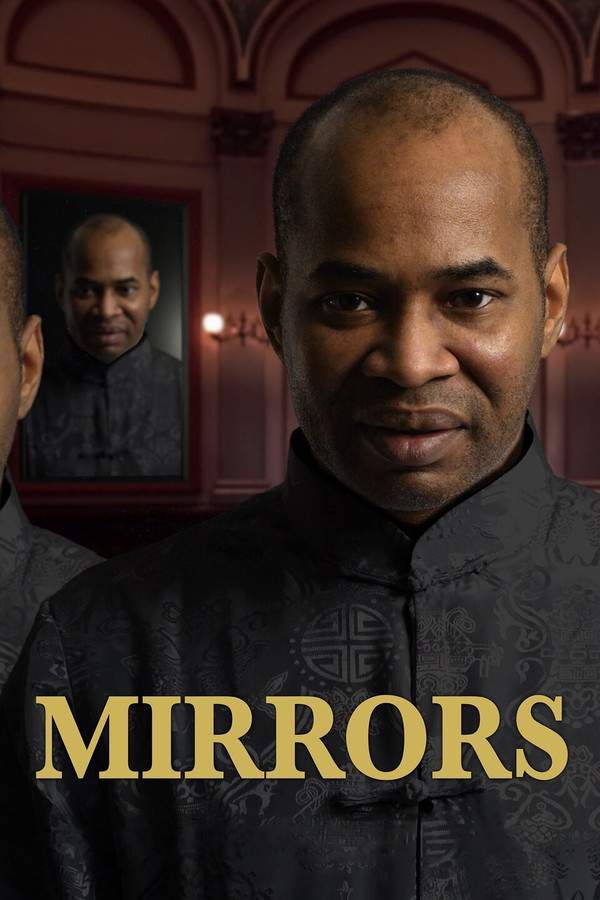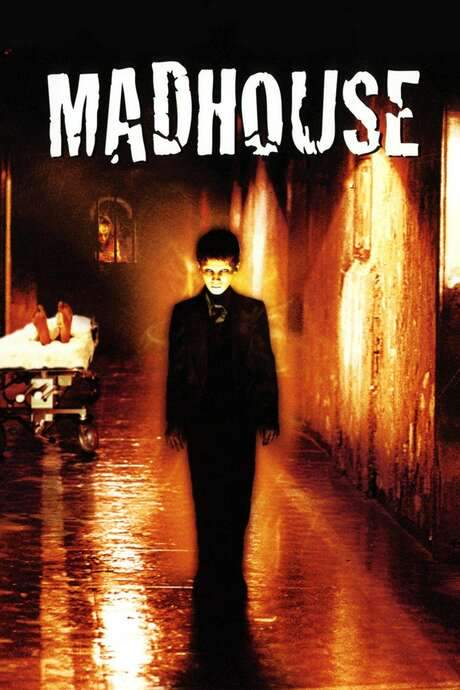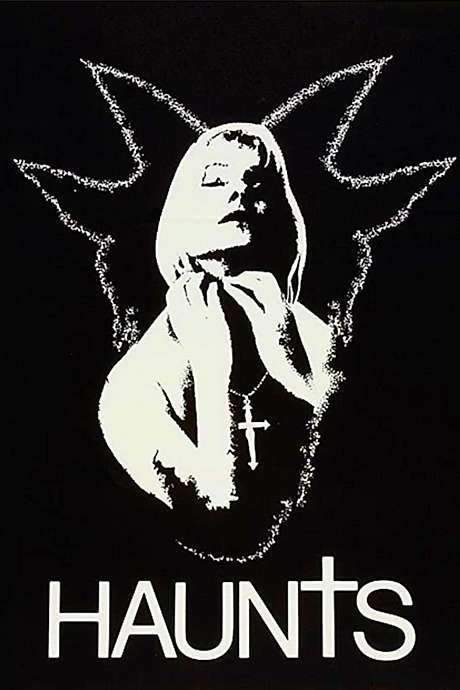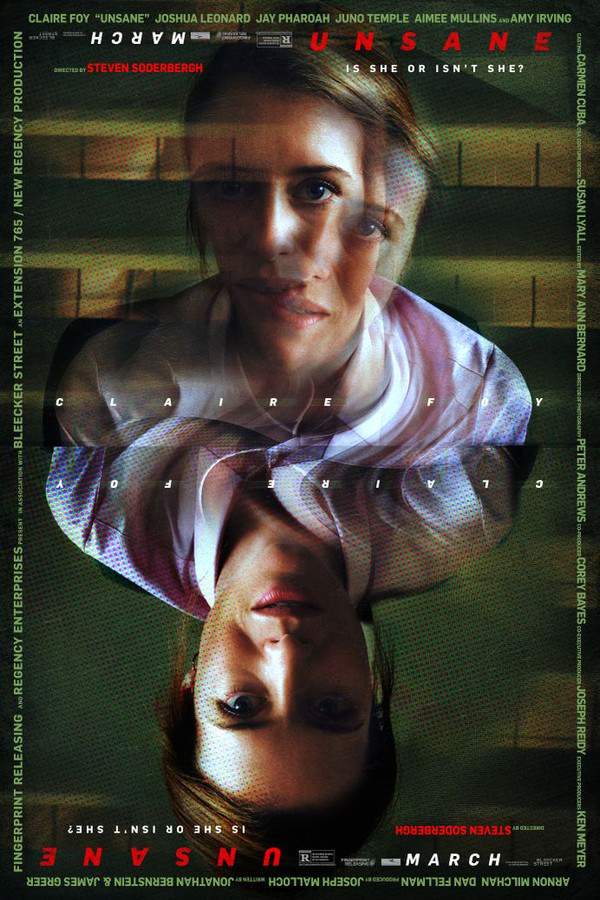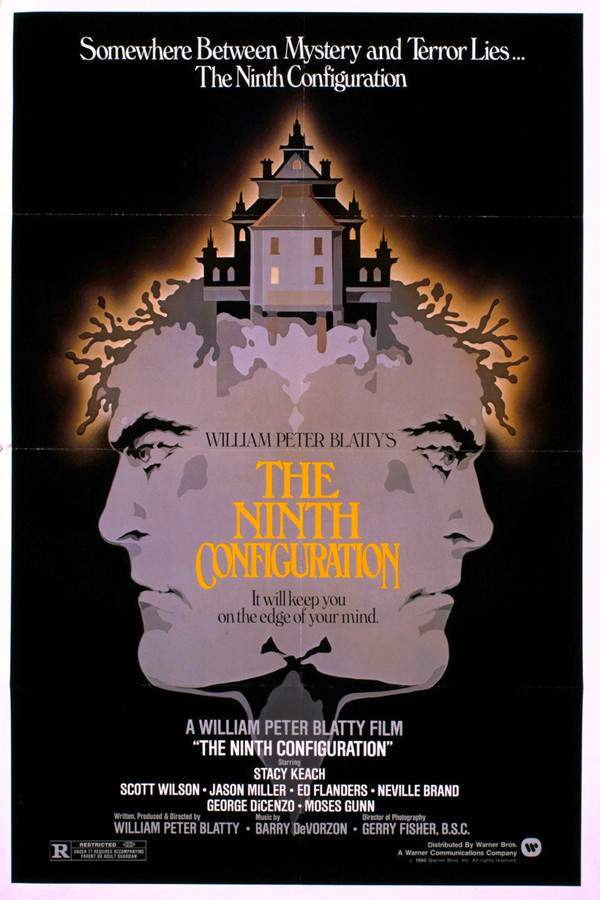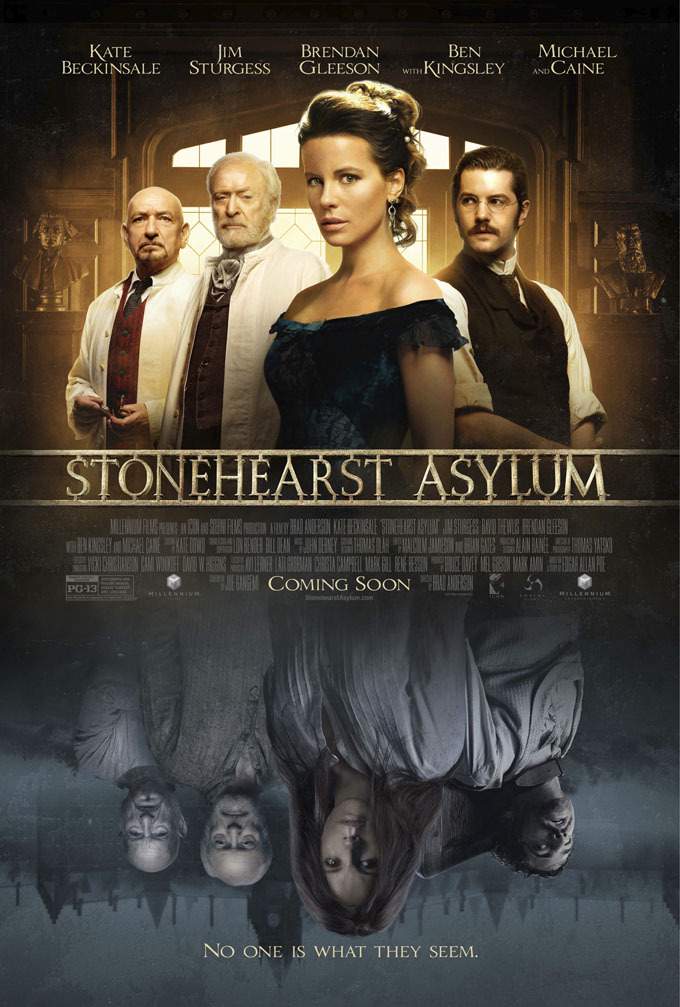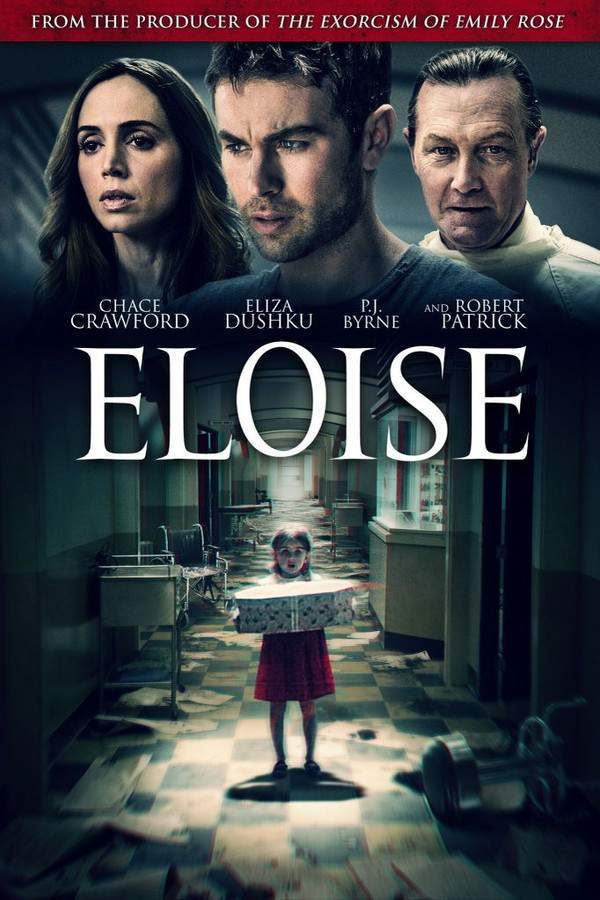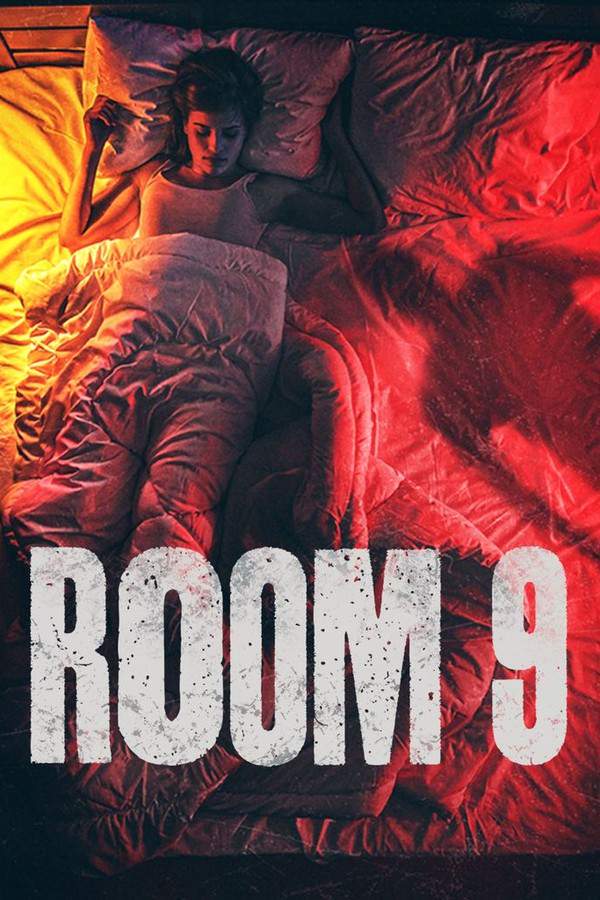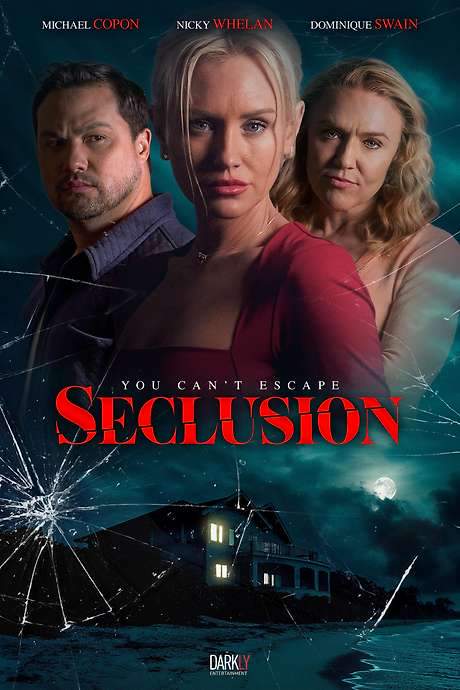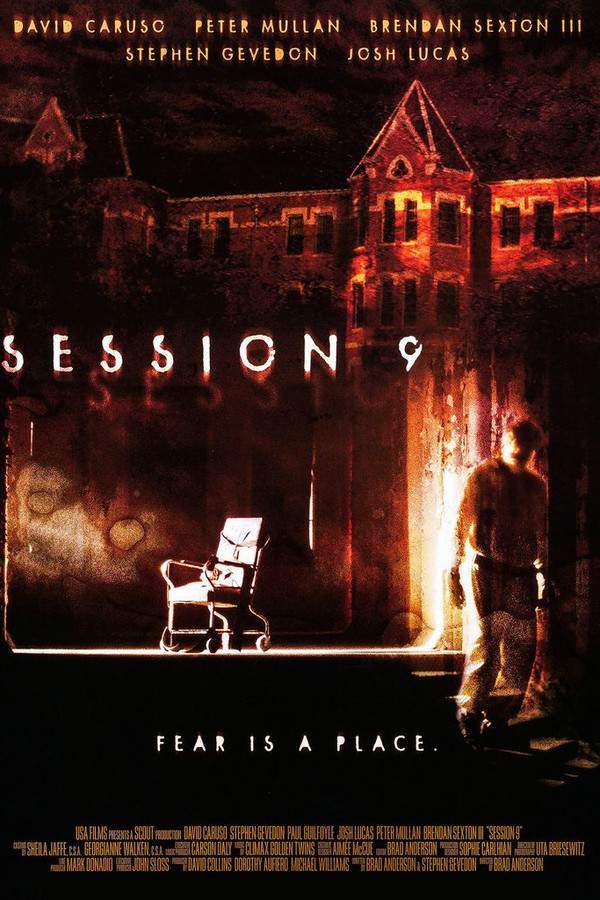
Session 9
Year: 2001
Runtime: 97 min
Language: English
Director: Brad Anderson
A team of asbestos removal workers takes on a job at the isolated Danvers State Mental Hospital, which has been closed for fifteen years. As they work within the decaying structure, each member begins to unravel, haunted by unsettling sounds and visions. The hospital's dark history and the psychological impact of the environment begin to affect them, blurring the line between reality and paranoia, and revealing unsettling secrets about the institution’s past.
Warning: spoilers below!
Haven’t seen Session 9 yet? This summary contains major spoilers. Bookmark the page, watch the movie, and come back for the full breakdown. If you're ready, scroll on and relive the story!
Session 9 (2001) – Full Plot Summary & Ending Explained
Read the complete plot breakdown of Session 9 (2001), including all key story events, major twists, and the ending explained in detail. Discover what really happened—and what it all means.
Kirkbride Mental Health Hospital, established in 1871, is undergoing a transformation into a town hall after being closed for nearly fifteen years since 1985. The first to initiate renovations is the Hazmat Elimination Company, led by Gordon Fleming (played by Peter Mullan) and his associate Phil (played by David Caruso). The movie opens with a lightly humorous guided tour of the asylum, conducted by Bill Griggs (a cameo appearance by Paul Guilfoyle), offering both Gordon and Phil their inaugural glimpse into the foreboding building. While engrossed in the eerie surroundings, particularly a haunting hallway, Gordon is startled by a disembodied voice, only to be snapped back to reality by Phil’s interruption.
Following this unsettling tour, we find Gordon alone in his truck, obsessively reviewing photos of his newborn as she plays outside with his wife. This moment of tenderness is suddenly shattered by terrifying screams that evoke a chilling suspicion about the true state of the Fleming household.
As the film progresses, we meet Gordon’s crew: Hank (played by Josh Lucas), Gordon’s nephew Jeff (Brandon Sexton III), and Mike (Stephen Gevedon), a former law student whose father’s past actions indirectly contributed to the hospital’s closure following a patient lawsuit in 1984. The narrative unfolds with spine-chilling tales of the hospital’s past, employee interactions, and Gordon’s steadily declining demeanor. Intrigued by the hospital’s history, Mike discovers old recorded sessions focusing on patient #444, Mary Hobbes, who suffers from multiple personalities. As the days pass, Gordon’s irritability grows, and Mike becomes increasingly engrossed in Mary’s sessions. Hank, on the other hand, goes off on a late-night expedition and inexplicably vanishes.
The atmosphere becomes tense as Hank’s disappearance looms over the remaining crew. Gordon’s tumultuous relationship with his wife surfaces, and Phil’s frustrations with Gordon intensify, while Mike delves deeper into the recordings. The recurring motif of the number 444 becomes more prominent, appearing on room doors and tombstones. Amidst the mounting pressure, Gordon confides in Phil about a violent incident with his wife that happened after their tour. In a shocking revelation, what follows is a frantic search for the ever-elusive Hank, who seems to have evaporated into thin air.
As panic escalates, the film reaches its zenith, presenting each character isolated against an unseen adversary. The unsettling narrative culminates with the arrival of a replacement for Hank, who begins to investigate the seemingly deserted hospital. In a disquieting reveal, Hank is discovered lying on the floor, still alive, but the tension escalates when it becomes evident that Gordon has tragically succumbed to the pressures of life, having murdered each of his employees, including his wife and child. In a haunting final scene, Gordon kneels beside a broken phone, apologizing to his deceased wife, and the voice that has haunted him throughout the film is unveiled as Simon, the third personality of Mary Hobbes. Simon chillingly concludes the film, stating, “I live in the weak and the wounded,” encapsulating the dark essence of the story.
Last Updated: November 03, 2024 at 14:11
Explore Movie Threads
Discover curated groups of movies connected by mood, themes, and story style. Browse collections built around emotion, atmosphere, and narrative focus to easily find films that match what you feel like watching right now.
Atmospheric slow burn horror movies like Session 9
Stories where dread is built patiently through atmosphere and psychological breakdown.Explore movies like Session 9 that master the slow burn. These atmospheric horror and thriller films build dread patiently through psychological tension and eerie settings, leading to bleak and unsettling conclusions. If you enjoyed the creeping paranoia and sense of place in Session 9, you'll find similar immersive experiences here.
Narrative Summary
Narratives in this pattern typically involve individuals or groups confined in or affected by a single, powerful location. The plot unfolds deliberately, focusing on the environmental and psychological pressure that erodes the characters' sense of reality, often culminating in a tragic revelation or breakdown.
Why These Movies?
Movies are grouped here due to their shared reliance on atmosphere over action, a slow and deliberate pacing that builds palpable dread, and a central focus on psychological horror stemming from either internal or environmental factors. The viewing experience is defined by a sustained, oppressive mood.
Movies about psychological collapse in haunted places like Session 9
Where the true horror isn't ghosts, but the psychological collapse they trigger.Discover films like Session 9 where the setting itself infects the mind. These movies explore the intersection of haunted places and psychological trauma, creating stories where characters' sanity unravels in oppressive environments. If you liked the mental disintegration and unsettling asylum atmosphere of Session 9, this thread is for you.
Narrative Summary
The narrative pattern involves characters confronting a location with a troubled past. As they interact with the space, their own personal traumas and insecurities are amplified, leading to a breakdown of reality. The story explores whether the haunting is real or a psychological projection, often ending ambiguously or tragically.
Why These Movies?
These films are connected by their central theme: the symbiotic relationship between a malevolent location and the fragile human psyche. They share a dark tone, an emphasis on psychological themes over physical threats, and a pervasive mood of existential dread concerning the nature of insanity.
Unlock the Full Story of Session 9
Don't stop at just watching — explore Session 9 in full detail. From the complete plot summary and scene-by-scene timeline to character breakdowns, thematic analysis, and a deep dive into the ending — every page helps you truly understand what Session 9 is all about. Plus, discover what's next after the movie.
Session 9 Timeline
Track the full timeline of Session 9 with every major event arranged chronologically. Perfect for decoding non-linear storytelling, flashbacks, or parallel narratives with a clear scene-by-scene breakdown.

Characters, Settings & Themes in Session 9
Discover the characters, locations, and core themes that shape Session 9. Get insights into symbolic elements, setting significance, and deeper narrative meaning — ideal for thematic analysis and movie breakdowns.

Session 9 Spoiler-Free Summary
Get a quick, spoiler-free overview of Session 9 that covers the main plot points and key details without revealing any major twists or spoilers. Perfect for those who want to know what to expect before diving in.

More About Session 9
Visit What's After the Movie to explore more about Session 9: box office results, cast and crew info, production details, post-credit scenes, and external links — all in one place for movie fans and researchers.

Similar Movies to Session 9
Discover movies like Session 9 that share similar genres, themes, and storytelling elements. Whether you’re drawn to the atmosphere, character arcs, or plot structure, these curated recommendations will help you explore more films you’ll love.
Explore More About Movie Session 9
Session 9 (2001) Scene-by-Scene Movie Timeline
Session 9 (2001) Movie Characters, Themes & Settings
Session 9 (2001) Spoiler-Free Summary & Key Flow
Movies Like Session 9 – Similar Titles You’ll Enjoy
Unsane (2018) Plot Summary & Ending Explained
The Dark Hours (2005) Story Summary & Characters
The Ninth Configuration (1980) Complete Plot Breakdown
Stonehearst Asylum (2013) Story Summary & Characters
Eloise (2017) Detailed Story Recap
Room 9 (2021) Story Summary & Characters
Abomination (2018) Full Summary & Key Details
Abandoned Dead (2015) Ending Explained & Film Insights
Asylum of Fear (2018) Movie Recap & Themes
Dark Asylum (2001) Plot Summary & Ending Explained
Madhouse (2004) Spoiler-Packed Plot Recap
Dark Sanity (1982) Ending Explained & Film Insights
The 9th Guest (1934) Detailed Story Recap
Asylum of Satan (1972) Film Overview & Timeline
Seclusion (2025) Full Movie Breakdown

